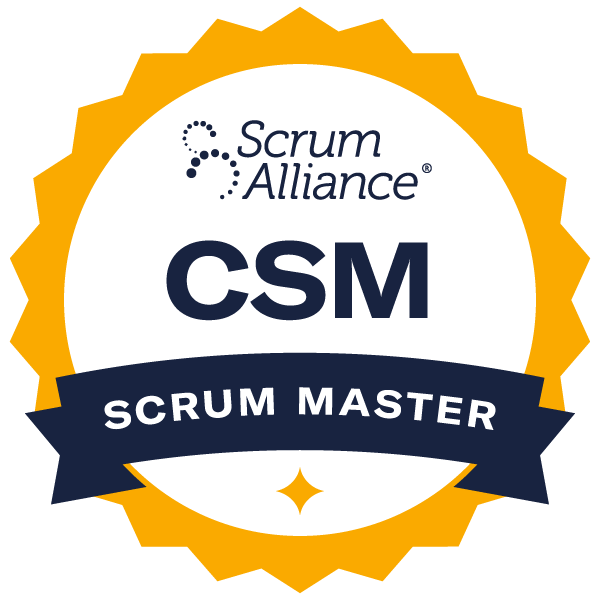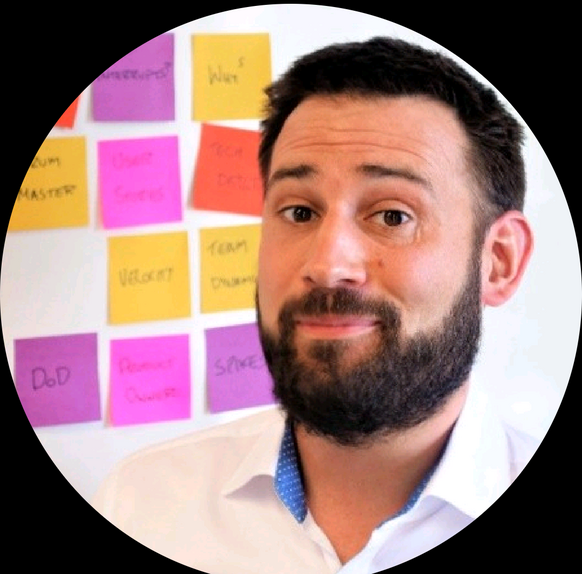
Back to results

Certified ScrumMaster®
Taught by: Howie Bartrip
Learn how to apply scrum and gain practical agile skills to drive results in any role, whether you want to work as a scrum master or grow your capabilities. CSM® courses are delivered by Scrum Alliance-certified trainers who possess deep scrum knowledge. When you complete the course, you will receive a two-year Scrum Alliance professional membership.

Back to results
02 - 03 December, 2024 |
09:00 GMT |
8 hrs/day
£995
Reviews
4.90
out of 5.0 stars

More courses by Howie
 Certified ScrumMaster®
Certified ScrumMaster®
Where & when
-
Mon Feb 24 - 25, 2025
-
09:00 GMT
-
In-Person
-
8-10 The MoorsWorcester, WR1 3EE, GB
 Certified ScrumMaster®
Certified ScrumMaster®
Where & when
-
Mon Mar 03 - 04, 2025
-
09:00 GMT
-
In-Person
-
9 Alie StreetLondon, E1 8DE, GB
 Certified ScrumMaster®
Certified ScrumMaster®
Where & when
-
Mon Mar 10 - 11, 2025
-
09:00 GMT
-
Live Online